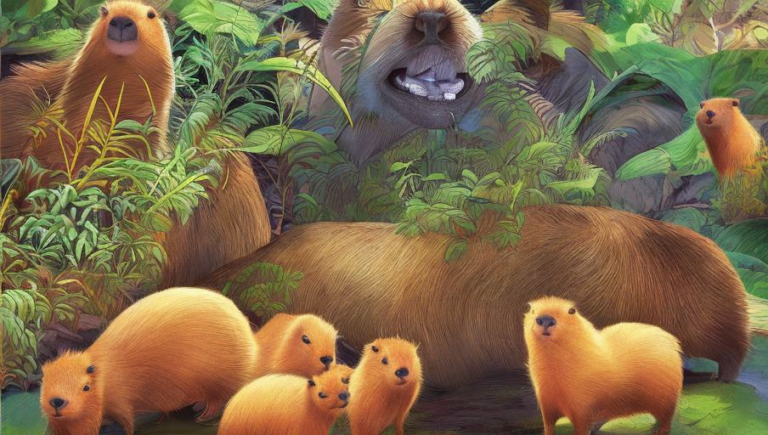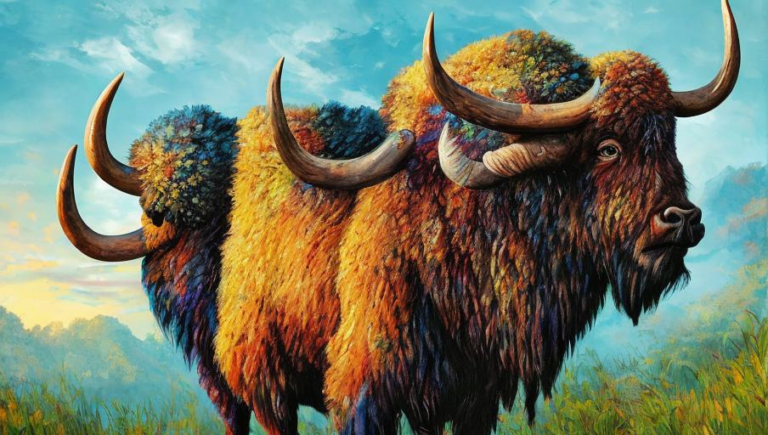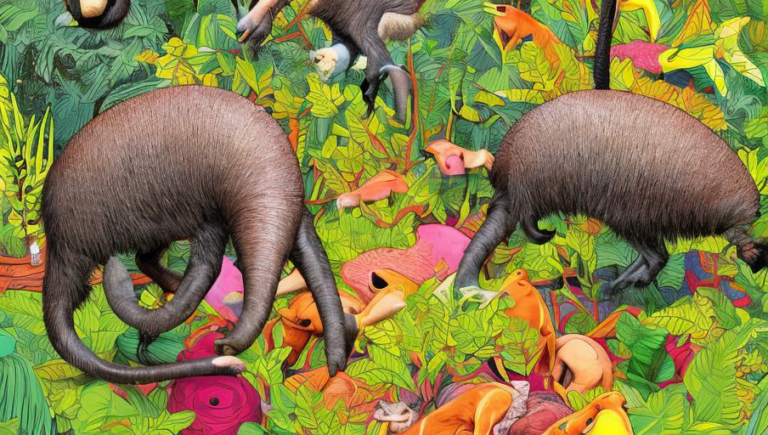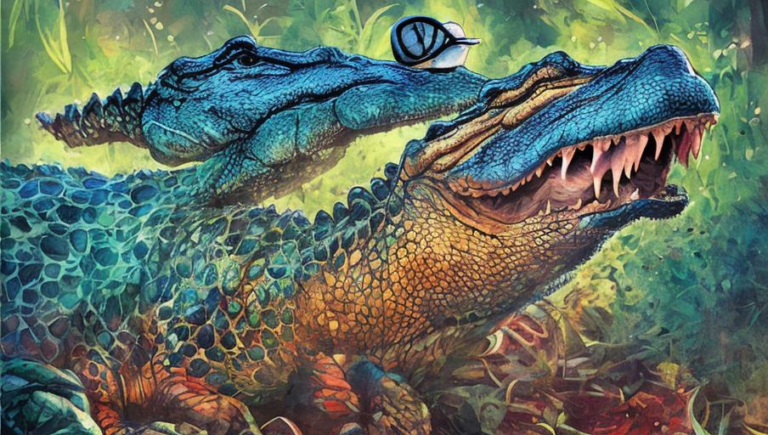Documenting the Distribution of Anteaters
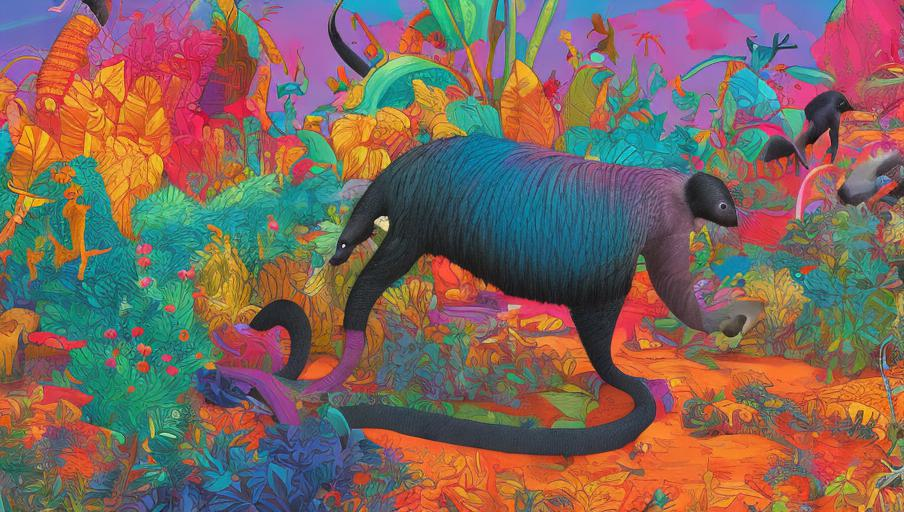
What are Anteaters?
Anteaters are mammals found in Central and South America. They have a long snout with two front legs equipped with large claws, used for digging and tearing open ant and termite nests. Anteaters are also known for their long tongues, which can reach up to 60 cm long, and they use them to capture and eat their prey. They are an important part of the ecosystem, keeping insect populations in check and helping to maintain a balanced environment.
Anteater Habitats
Anteaters live in a variety of habitats, including tropical rainforests, open savannas, and even dry grasslands. They are most abundant in the tropical rainforests of Central and South America. Some species have also been found in parts of Mexico, Ecuador, and Peru.
Documenting Anteater Distribution
The distribution of anteaters is not well understood, as they are difficult to spot in the wild. To better understand the distribution of anteaters, researchers have begun to use camera traps to capture images of anteaters in their natural habitats. These camera traps are set up in areas where anteaters are known to inhabit, and they are triggered by motion. This method can be used to document the presence of anteaters in a particular area and to track their movements.
Conservation Efforts
Anteaters are not currently endangered, but some species are threatened due to habitat destruction and poaching. Conservation efforts are underway in some areas to help protect anteaters and their habitats. This includes protecting areas of suitable habitat, raising awareness among local people, and creating educational programs about the importance of protecting these animals.
Conclusion
Anteaters are fascinating creatures that play an important role in the ecosystems in which they live. Documenting the distribution of these animals is essential for understanding their populations and for protecting them in the future. Conservation efforts are also needed to ensure that anteaters are able to thrive in their natural habitats.

